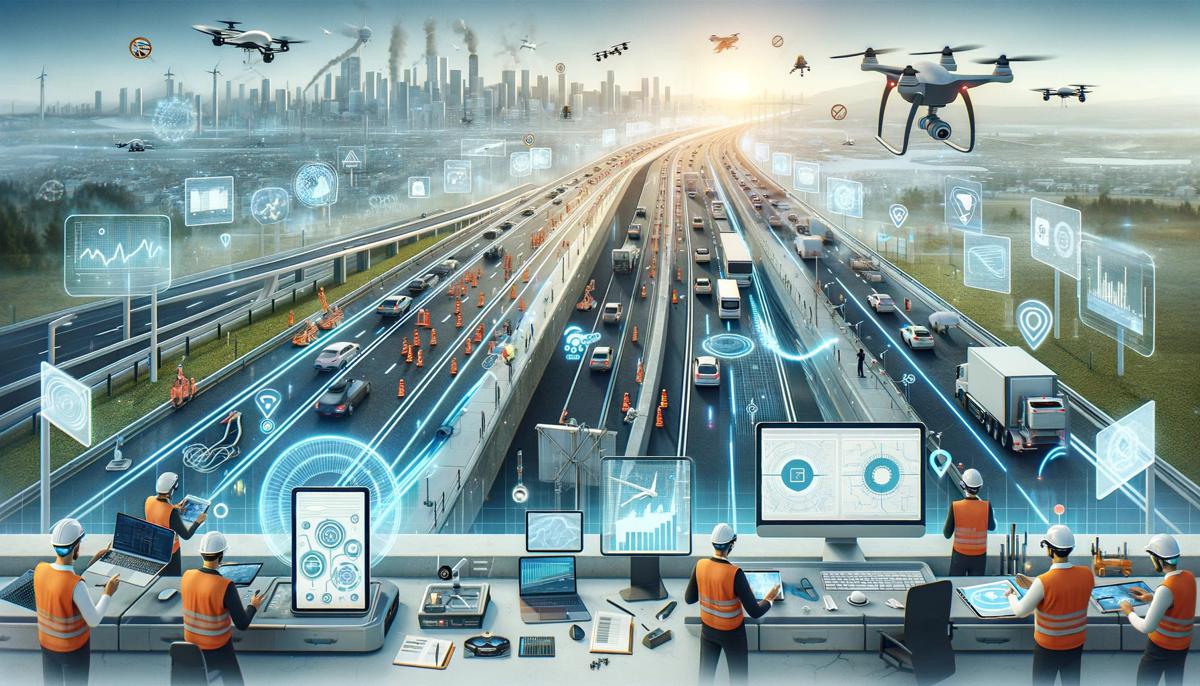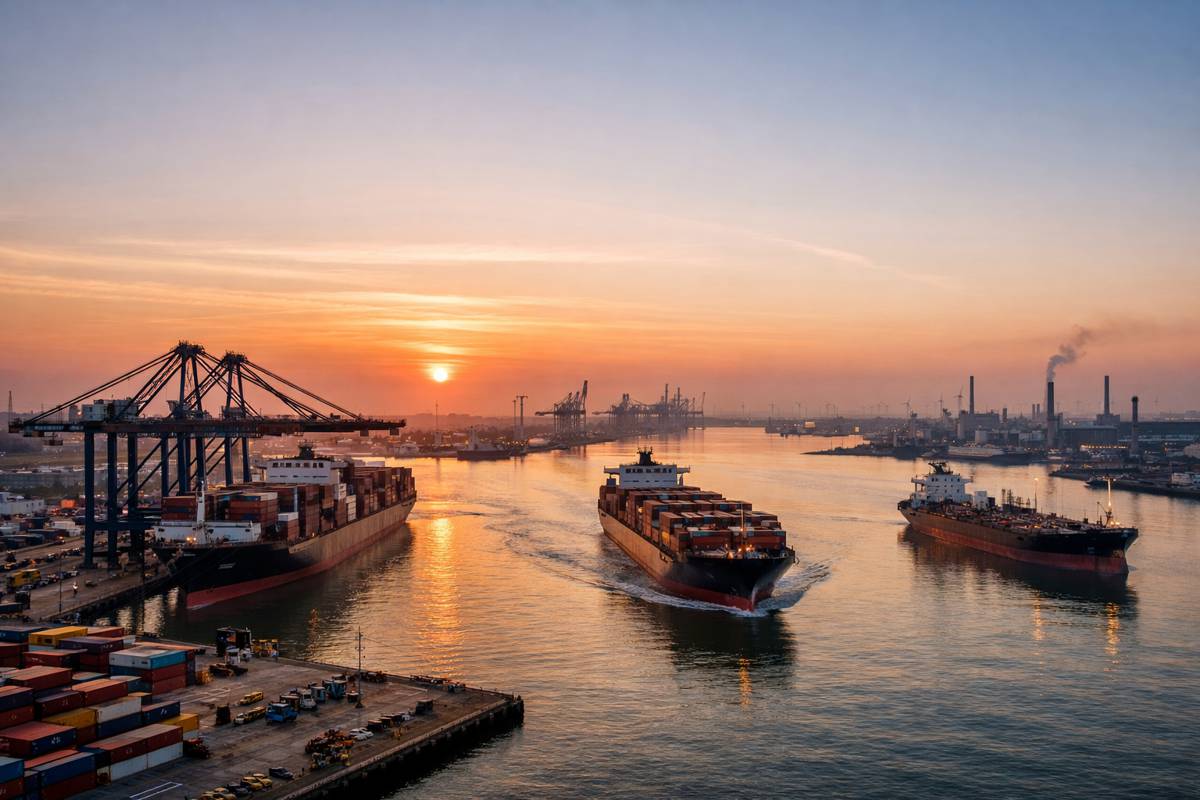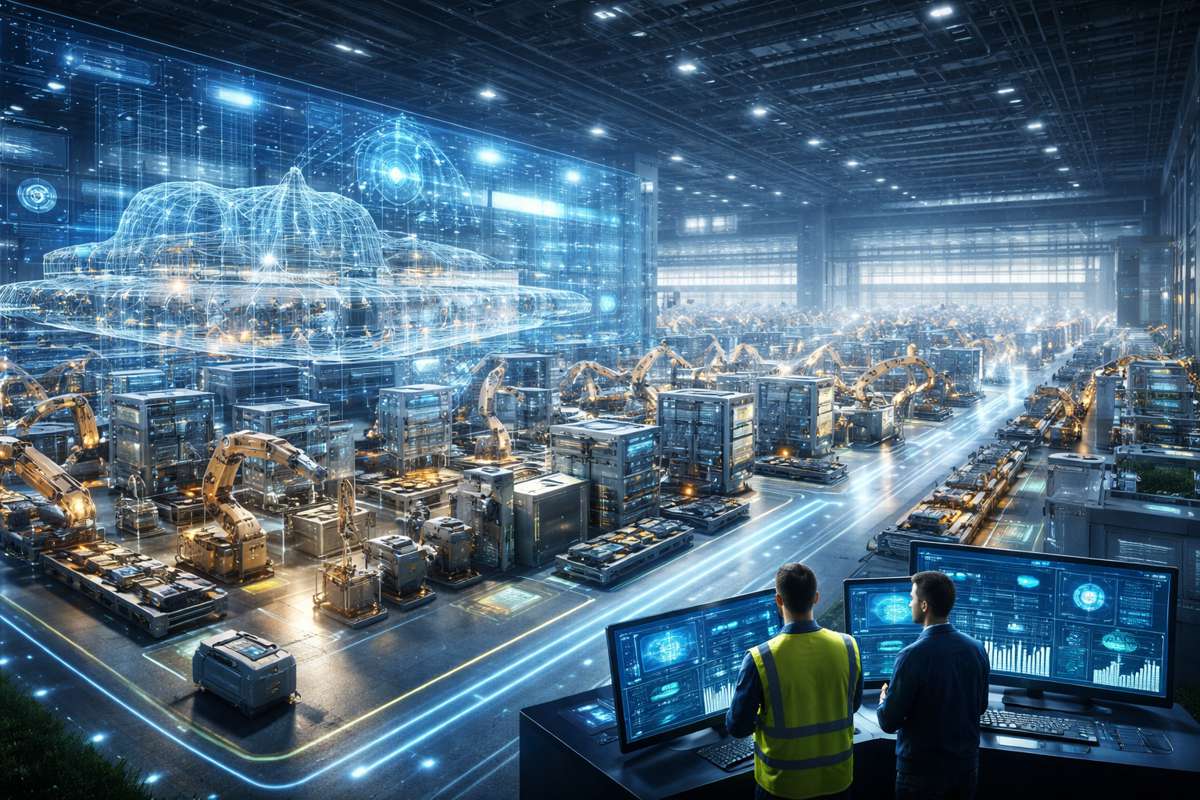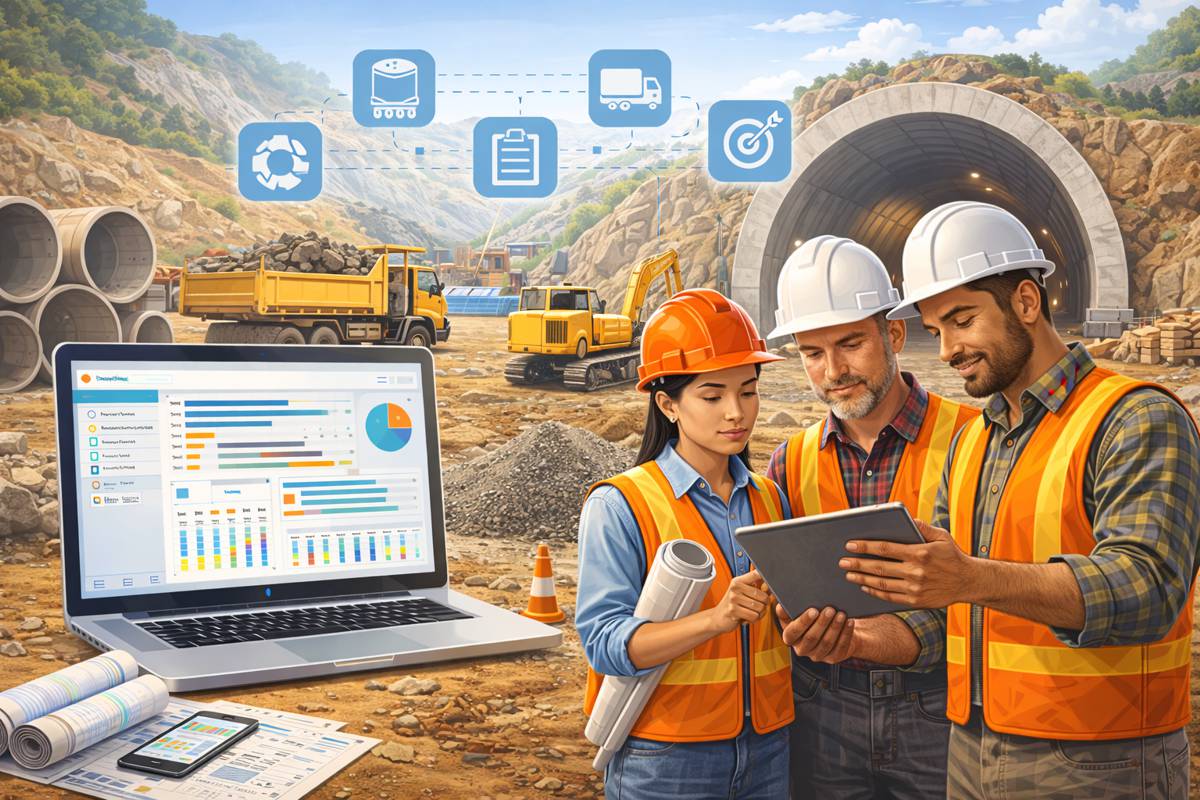Digital Technologies are Transforming British Highways
The publication of National Highways ‘Strategic Road Network Initial Report’ confirms the aim of making greater use of digital technologies within the highways sector, as well as the goal to cut carbon and focus efforts on maintaining existing assets. But what are these digital technologies and what value could they offer?
The construction industry’s challenges with digitalisation have been long documented, with 2016’s landmark Mark Farmer review perhaps one of the first to call out the industry for its inability to change and modernise. Looking specifically at the highways sector and the appetite for digital innovation is clear. However, actioning this can be a challenge.
In the publication of National Highways’ Strategic Road Network Initial Report for 2025-2030, as well as its Connecting the Country long-term strategic plan, there is a clear focus on making greater use of digital technologies. Also included is an emphasis on smaller projects that will focus on safety improvements, as well as a commitment to protecting and maintaining current structures and assets, exploring how its service life can be extended, embodied carbon retained and how the network can be adapted to cope with busier and heavier loads. All of this has an evident link to sustainability and carbon emissions, looking at how the lifespan of existing infrastructure can be prolonged, as opposed to building new.
‘Right first time’
National Highways is also heavily backing the Get It Right Initiative, dedicated to improving construction productivity and quality by eliminating error. With 21% of all construction activity reportedly ‘wasted’, whether through poor planning or poor delivery, the importance of ‘right first time’ is clear. If teams are having to do the work twice due to error, not only is it a health and safety risk but a considerable carbon factor too. It’s here that digital innovation can come into play.
Through the use of immersive 3D design software, teams can benefit from a digital rehearsal of the works – visibility that can be taken even further with advancements in Virtual Reality (VR) and Mixed Reality (MR) technology. As well as the ability to visualise and resolve any potential clashes, whether between the temporary and the permanent or the new and the existing, such software can enable teams to consider the site and access logistics down to incredible levels of detail, including whether the required equipment or machinery will fit within the constraints. The enhanced visualisation can even enable teams to better-engineer and optimise a scheme design, helping to prevent over-engineering and potentially reduce the amount of steelwork required.
Technology such as this can also deliver added value from a health and safety perspective. Given the very nature of the highways sector, any site can present risk factors, whether that is working from height, on a railway or alongside a busy main road. By taking the site into the digital environment, some of this risk can be mitigated, with engineers able to visualise and explore the structure at the early design stage, all without leaving their desk.
Looking into the future, this could be taken further still. With the rise of standardised components and a platform approach to construction, National Highways could have the standard geometry details of any bridge. By inputting this data into the central digital environment, multiplied across different locations, engineers could use the immersive design software to look at and streamline any maintenance works, improving productivity and efficiency levels.
Mitigating risk
On a construction project, nine areas of high risk areas have been identified, with one of them being temporary works. This is an unsurprising statistic, with temporary works presenting complex feats of engineering and often being responsible for supporting a large permanent structure (such as a bridge) while works are undertaken. As a result, planning and execution are key. Through the use of digital and immersive technology, these two factors can be bridged, allowing for informed decision-making processes through a digital device at an early stage. Teams can build it, visualise it and inspect it with the client, all via the 3D digital environment, with the ability to redesign elements where necessary and offer improved confidence on site.
All of this helps to reduce the risk factor, as well as contributing to a ‘right first time’ mindset, eliminating the likelihood of error and cut down on carbon.
Another danger presented by the highways sector is manual inspections, with inspections forming a key part of the National Highways strategy, given the emphasis on maintaining and repairing existing assets. However, this presents numerous challenges, not least the fact that the number of highways inspectors is falling, just as demand increases. With thousands of bridges across the UK – some managed by councils, some by National Highways – the task of physically travelling around the UK to visually inspect the structure for damage and advise on maintenance schedules is not only a momentous one, but it can also generate significant carbon emissions. There are also the resulting traffic delays to be considered, due to lane closures during inspections; cost; and health and safety risks.
Value of data
This is where monitoring technology can really deliver value for the highways sector, offering a move away from both schedule-based maintenance (potentially wasting unnecessary carbon on works that aren’t needed for another five or ten years) and inspection-based maintenance, with inspectors required to travel around the UK.
Through the installation of sensors – designed to measure and monitor movement, deflection, vibrations or cracks – live data can be easily accessed from anywhere, offering instant visibility into a structure’s performance. It can help to identify any structural impacts that have occurred or behavioural changes, whether due to increased traffic, age, load strain or general fatigue, while the ability to set limits can instantly trigger alerts should any tolerances be exceeded.
Bridge bearing monitoring is a great example, identifying potential structural damage to the bearings, main structure or expansion joint failure. Often the result of environmental conditions or general age, ceased bearings can be catastrophic for the bridge deck and pier. With repair works understandably presenting a mammoth undertaking, with road closures and significant disruption caused, the ability to identify maintenance requirements and schedule accordingly can surely be beneficial for all.
Merstham Viaduct
This was recently the case with Merstham Viaduct, situated on one of the M25’s busiest interchanges. After concerns were raised regarding the degree of movement the bearings were permitting, a bespoke package of Mabey Hire’s structural monitoring sensors were installed, anchored to the soffit of the deck at the bearing face and the bearing shelf. This allowed the team to monitor the movement of the bearings against temperature, to determine whether they had seized or were operating sufficiently.
Crucially, the sensors showed that the levels of movement and the bearings’ present performance remained satisfactory. This meant that planned works rather than emergency work could be scheduled, saving money and carbon emissions, as well as helping to reduce disruption for road users.
The future
Looking ahead to the future and technological advancements present some existing opportunities. One of those is the rise of Artificial Intelligence (AI), offering the ability to analyse and learn from structural data to better predict the behaviour of assets, in turn enhancing maintenance schedules and improving the life expectancy of structures. Of course, for this to succeed, reliable and high-quality data is required, which is where monitoring technology can shine.
With a comprehensive portfolio of monitoring systems and temporary works solutions, as well as an experienced digital engineering team, Mabey Hire can work with you on the whole project journey, helping you to get it right first time. At the early design stages, its EVE application creates an immersive 3D environment, with the intuitive technology allowing teams to interactively explore and review the temporary works scheme in its entirety. Mabey Hire’s range of structural and environmental monitoring systems can provide valuable insight into the health and condition of a project or structure, with real-time data collected and sent through to an unique monitoring web portal, Insite. While its 16 UK depots can easily supply the propping and jacking equipment required for any repair works.
Article by John Wrigley, Business Development Manager for Highways at Mabey Hire.




















